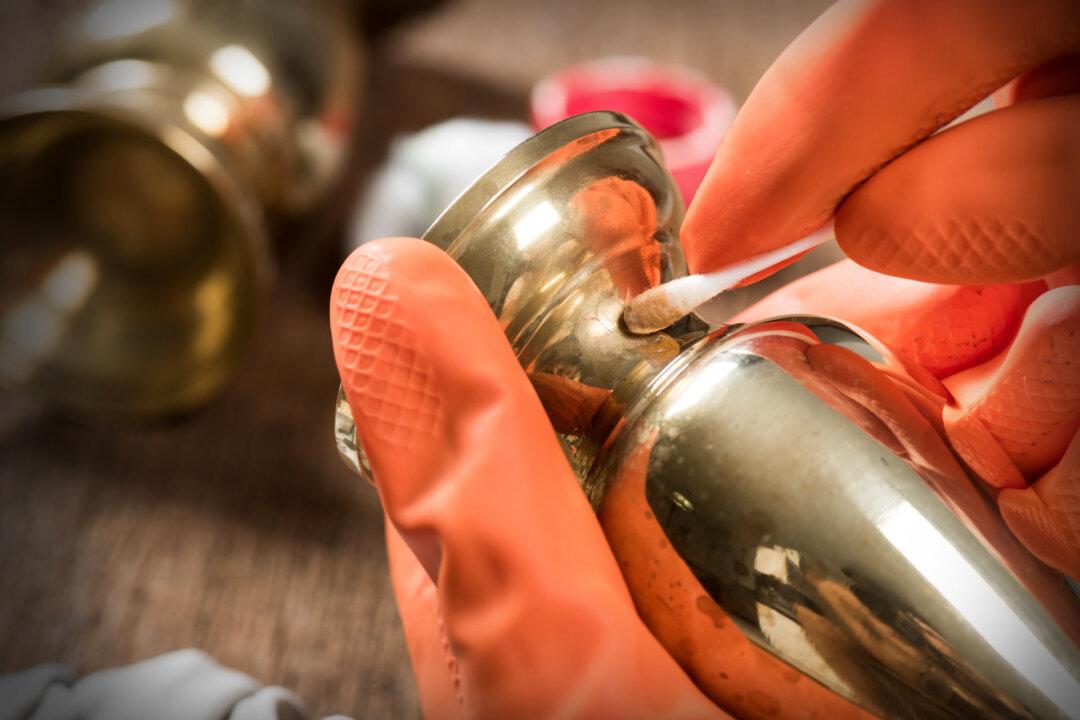Before starting on this project, view some videos on YouTube of professionals applying the tape and compound. It is a learned skill. You will be surprised at how little sanding they end up having to do. On your first attempts, expect to apply many coats and do a lot of sanding.
Applying drywall tape is one of the final tasks for a builder. When they are running behind schedule, they rush and try to apply the tape with just one coat of compound. It is advisable to apply several light coats and sand between applications. This creates a more level surface over the drywall joint.
The type of drywall tape used also impacts the appearance and longevity. Fiberglass mesh tape is the easiest type to use. It is sticky on one side, so it stays in position over the joint. Wipe off the drywall joint to remove any dust. As you unroll the fiberglass tape, just force it against the two pieces of drywall.
Paper tape creates a stronger joint and most professionals use it instead of fiberglass mesh. To make it stick to the drywall, first apply a thin layer of compound on the drywall and then force the paper tape into it. Be careful to work out all the air bubbles, or it will look bad and may pop loose over time.
The type of drywall compound used can also affect the finished job. All-purpose compound is the easiest to apply smoothly. For smaller jobs, a tub or bucket of premixed compound is best because it has the proper percentage of water. It is also available in powder form for larger jobs.
All-purpose compound takes many hours, and up to a day, to dry before it can be sanded. This depends on the weather conditions because the water has to evaporate from the compound. When applying several coats, this can take some time to finish the job.
Professional remodelers often use a powder setting compound. Setting compound hardens through a chemical reaction that is similar to cement, so it can be sanded much sooner after it is applied. Since it does not actually dry, it does not shrink as all-purpose compound does. Setting compound also works well with fiberglass mesh drywall tape.
Try using paper tape with all-purpose compound for this job. Using a small knife or trowel, apply some compound to the drywall joint. Work the tape into the compound with the tool moving it from the middle to the edge to eliminate any gaps. Cover the tape with another very thin layer of compound. Sand the joint and apply several thin coats of compound until the joint is flat.






